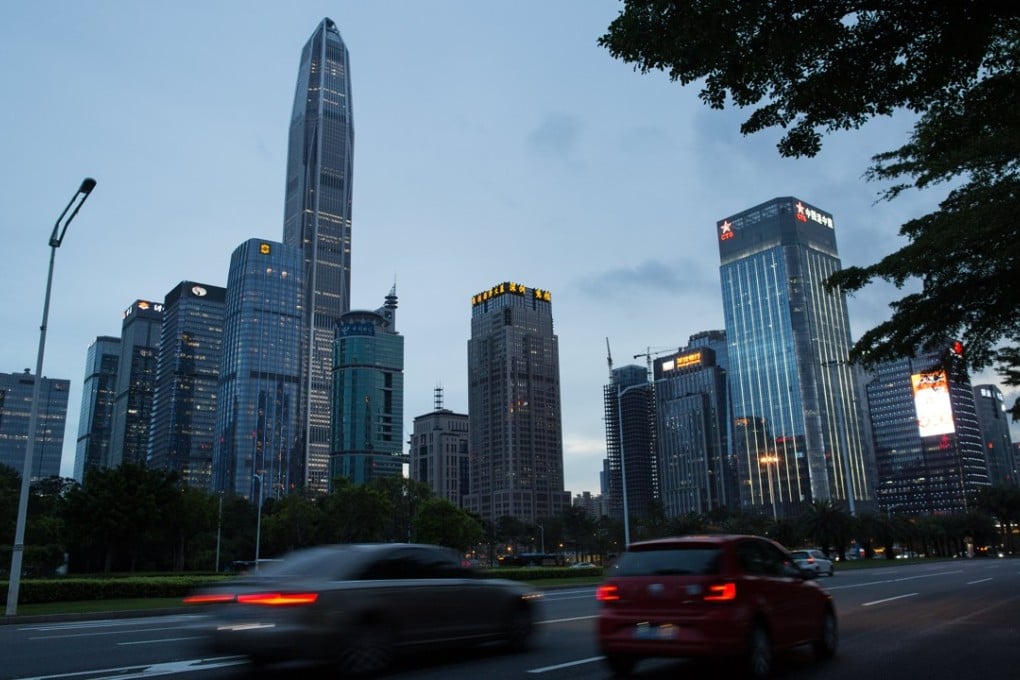In China’s richest province, a yawning gap exists between the haves and the have-nots
The coexistence of great wealth and abject poverty in Guangdong shows why narrowing the income gap is a priority of China’s leadership

Steve Guo and his wife, who own a new, four-bedroom flat in Shenzhen that cost 12 million yuan (HK$14.2 million), are expecting their second baby early next year.
They prepaid 60,000 yuan last month for a month of post-partum care, adding it to a pile of bills for services and goods ranging from an Italian recliner to German milk powder.
Their average monthly expenses in the hi-tech Guangdong province boomtown, including their mortgage payments, are about 60,000 yuan, financed by Steve’s salary and debt.
Their lifestyle, like that of millions of other members of China’s urban middle class, could not be more different from the way of life of the residents of Hongli village, less than 200km away in the mountains of northern Guangdong.
In the village home of 67-year-old farmer Jiang Shuian, the most modern and valuable item is a television set. The walls are discoloured, the wooden tables and chairs are drab, the wooden doors creak, and the only cooling device, a noisy electric fan, looks like something that belongs in a museum.
Jiang said he and his sons dreamed of saving the 100,000 yuan they needed to properly fix their mud and brick house, but that goal seemed elusive at their current income levels.